Since the dawn of the supercar, revolution not evolution has been the status quo. Unlike Porsche’s iterative approach with the 911, each new supercar generation from the likes of Ferrari and Lamborghini aims to redefine land-based performance, even at the expense of driver engagement. But what if the iconic wedge supercars built between 1980 and the early 2000s were never discontinued, but rather allowed to evolve with the joy of driving rather than lap times at their core? Today, Garagisti and Co introduce their interpretation of an alternate analogue, driver-focused future with their first hypercar: the GP1.
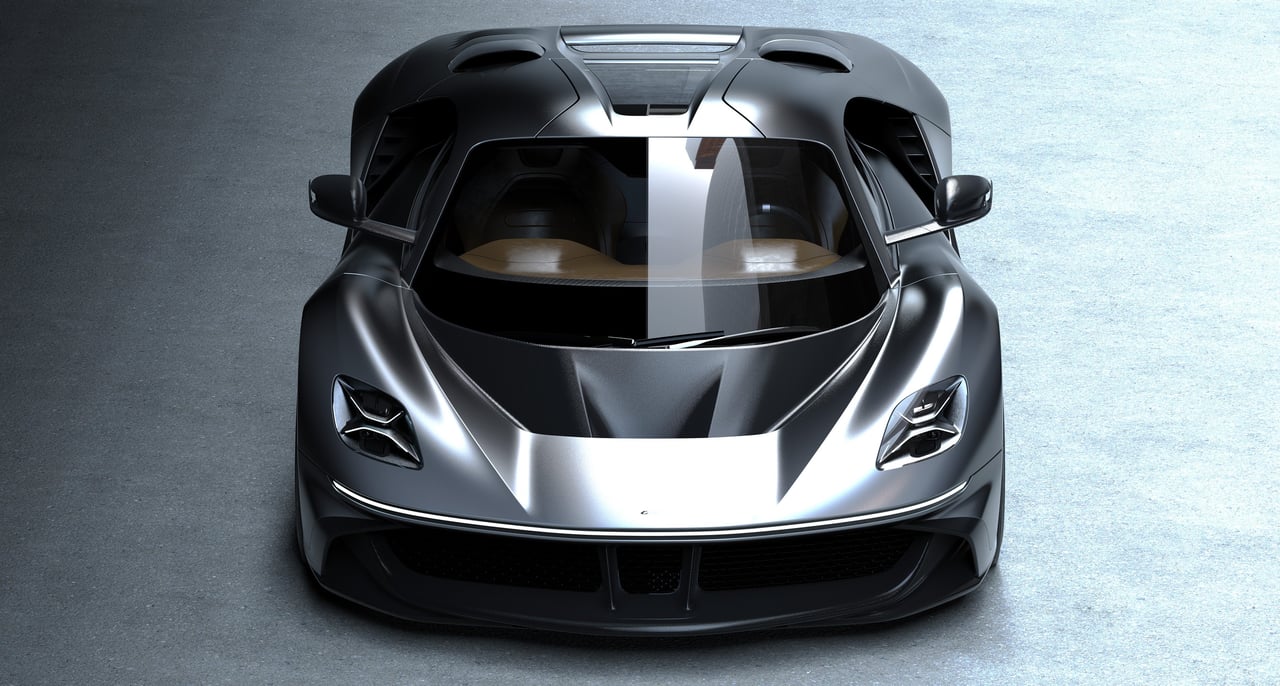
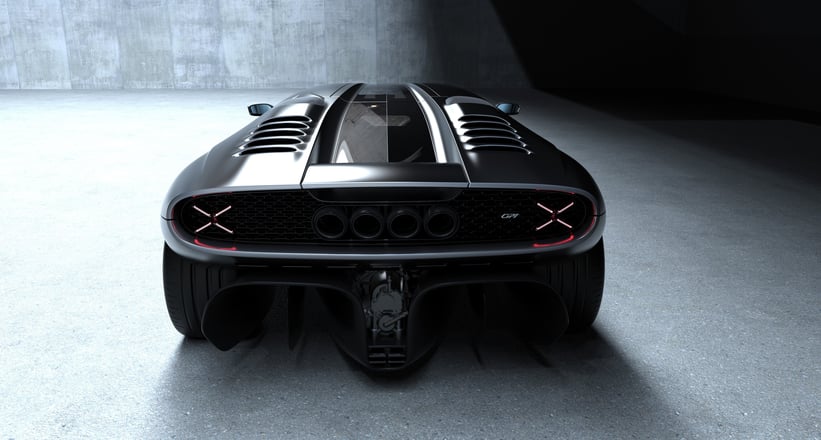
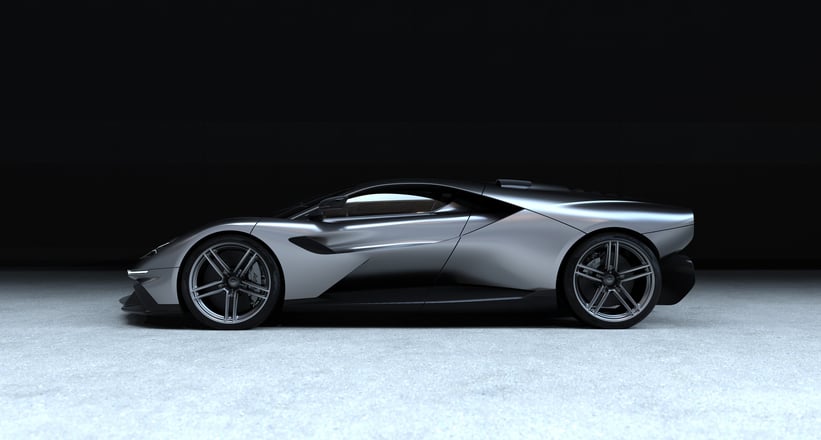
Before we examine this gorgeous symphony of carbon fibre and exotic metals, we must introduce the team behind it. Spearheaded by Mario Escudero — who you may remember as the man who tripled the mileage of his Lamborghini Countach by driving it 13,000 km in one year — Garagisti and Co are taking the valuable insights learned from covering thousands of miles in these automotive icons to craft the next generation of soulful analogue driving machines.
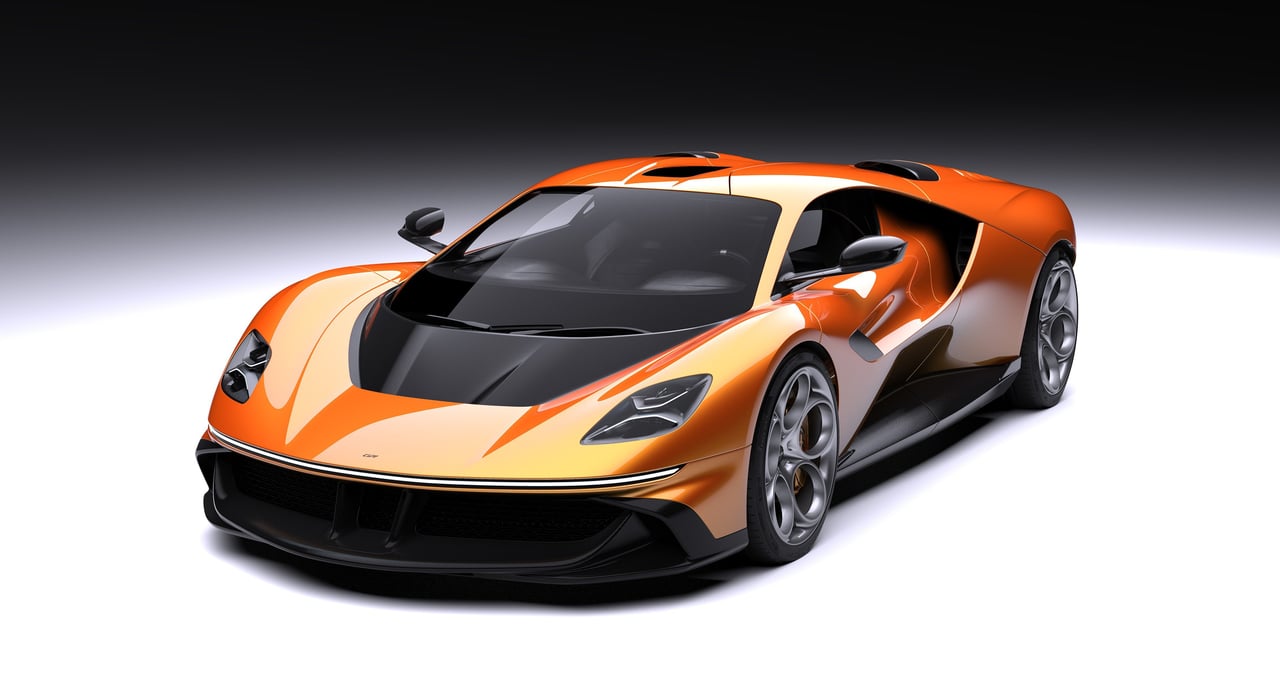

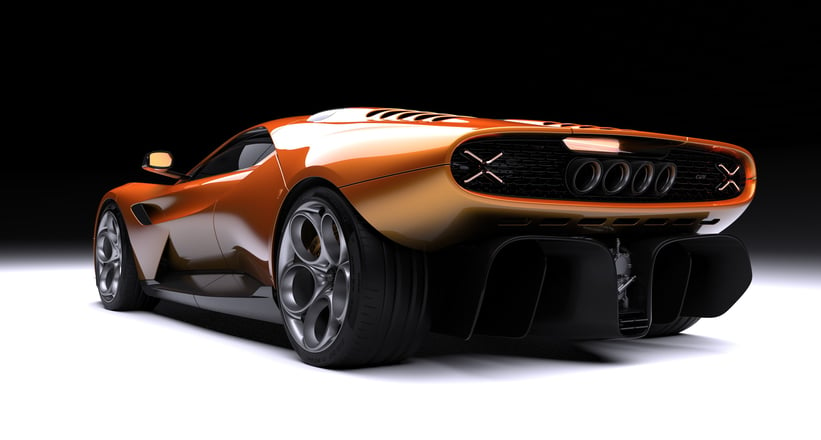
As for their name, it comes from a dismissive term used by il Commendatore himself, Enzo Ferrari, to describe the upstart British Formula 1 teams from the 1950s, who outshone the titan of motorsport that was Scuderia Ferrari through innovation. Now Garagisti and Co are attempting to recreate that feat in the hypercar space with the GP1 and — as you’ll soon discover — this fresh team has all the right ingredients to deliver on their promise.
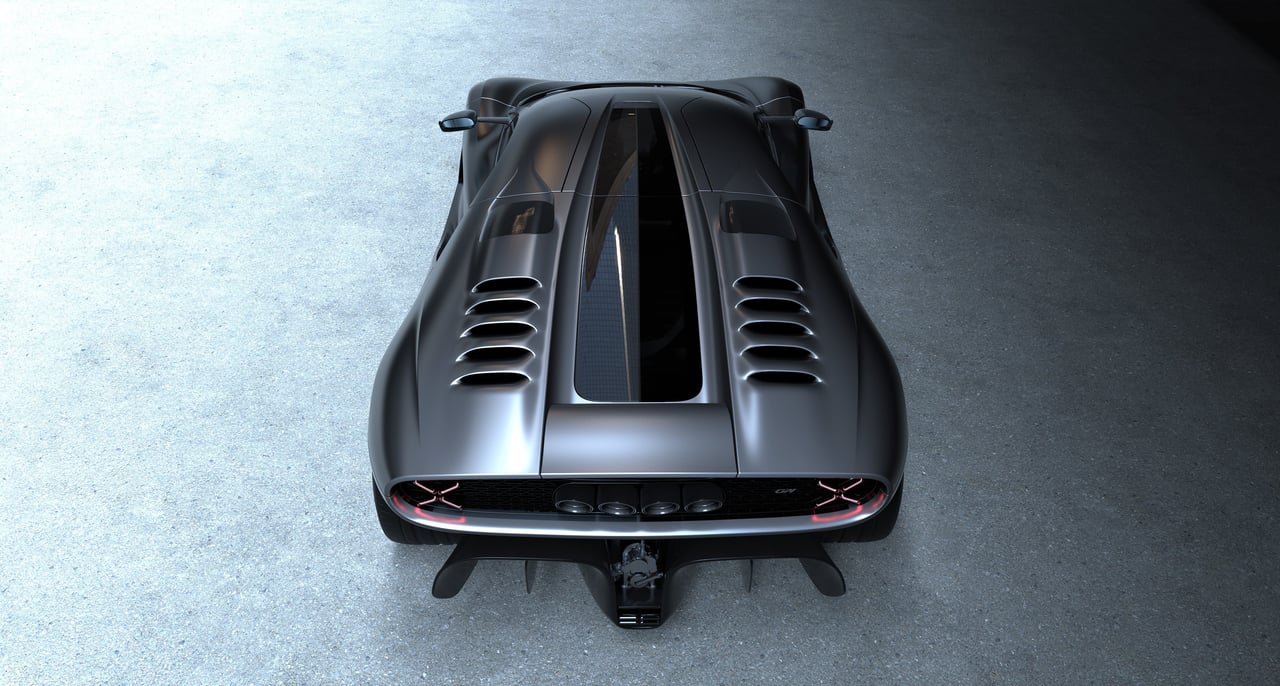
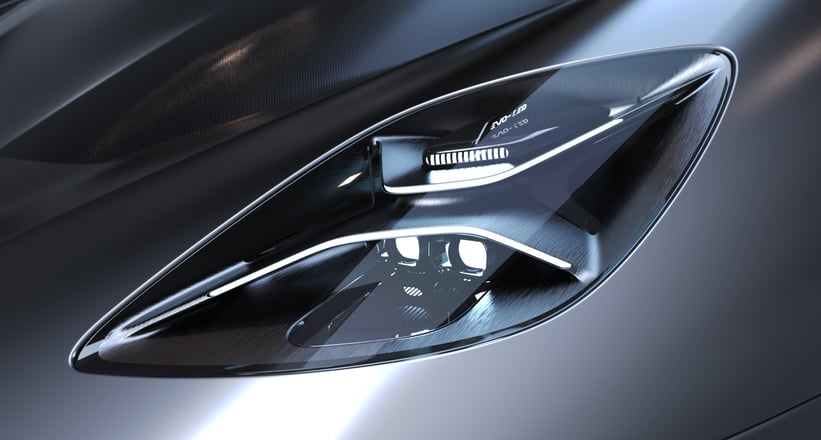
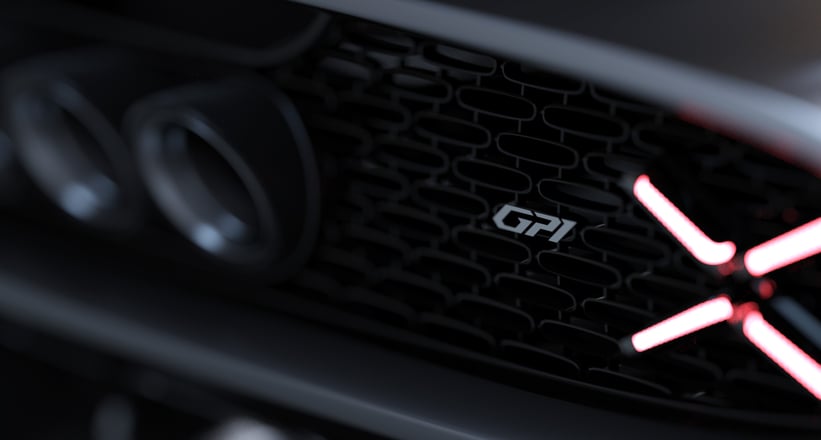
We begin with the exterior, for which designer Angel Guerra — who helped pen the Bugatti Mistral and Tourbillon, as well as the Rimac Nevera — took a great deal of inspiration from Marcelo Gandini’s legendary Lancia Stratos Zero concept car, first displayed at the Turin Auto Show in 1970. The clean, minimalist front is characterised by a full-width light bar, shared with the Stratos Zero, while the contrasting S-duct that blends into the windshield has been designed to mimic the shape of the front vent on Gandini’s iconic concept. As for the wheels, clients have a choice between a clean five-spoke design and the amazing teledial-inspired wheels you see above.
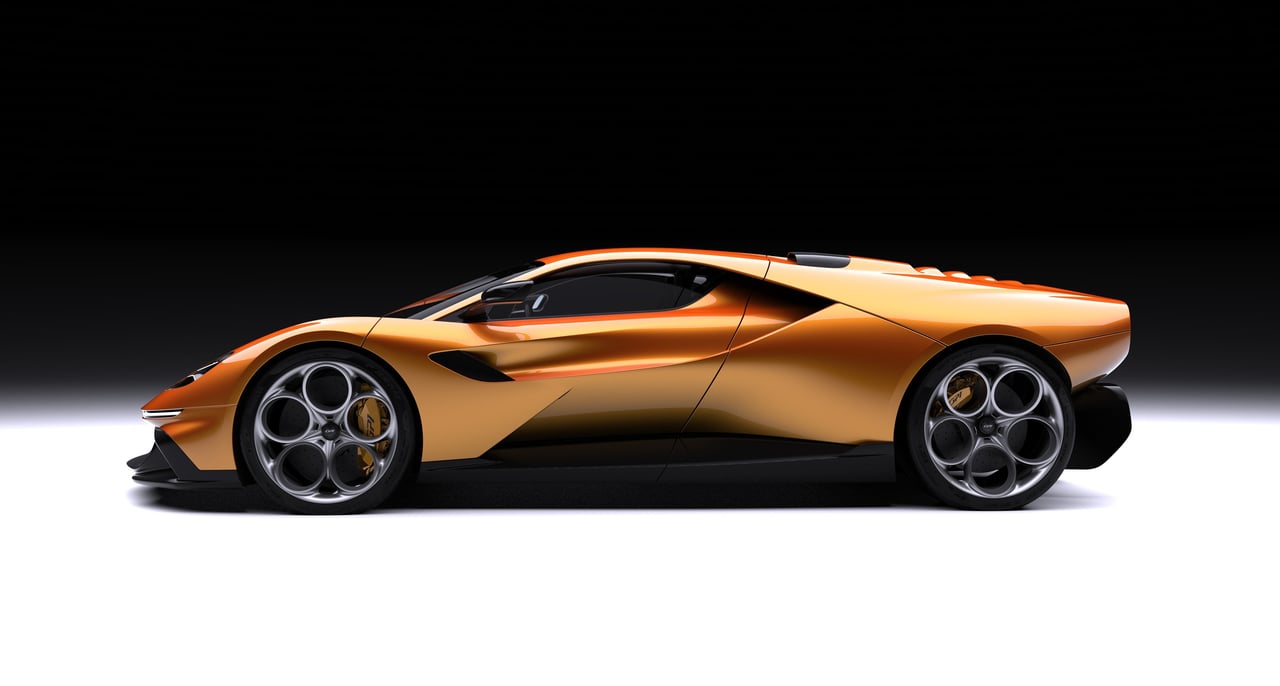


Similarly, when viewed from the side, the GP1’s classical wedge silhouette echoes many of the greatest poster cars of the 20th century, as does the vast vertical rear window and buttresses, which nod to the Countach LP500 prototype. The back end, punctuated by the gorgeous exposed gearbox housing, is dominated by an enormous diffuser, while the menacing quad-exit exhaust and unobstructed view of the gargantuan rear tyres lend the GP1 an instantly recognisable character that immediately sets your heart racing. However, we feel the most dramatic view of the GP1 is from above; only then is it possible to truly appreciate its cab-forward design, impossibly wide hips, and aerospace-inspired twin NACA duct intakes.
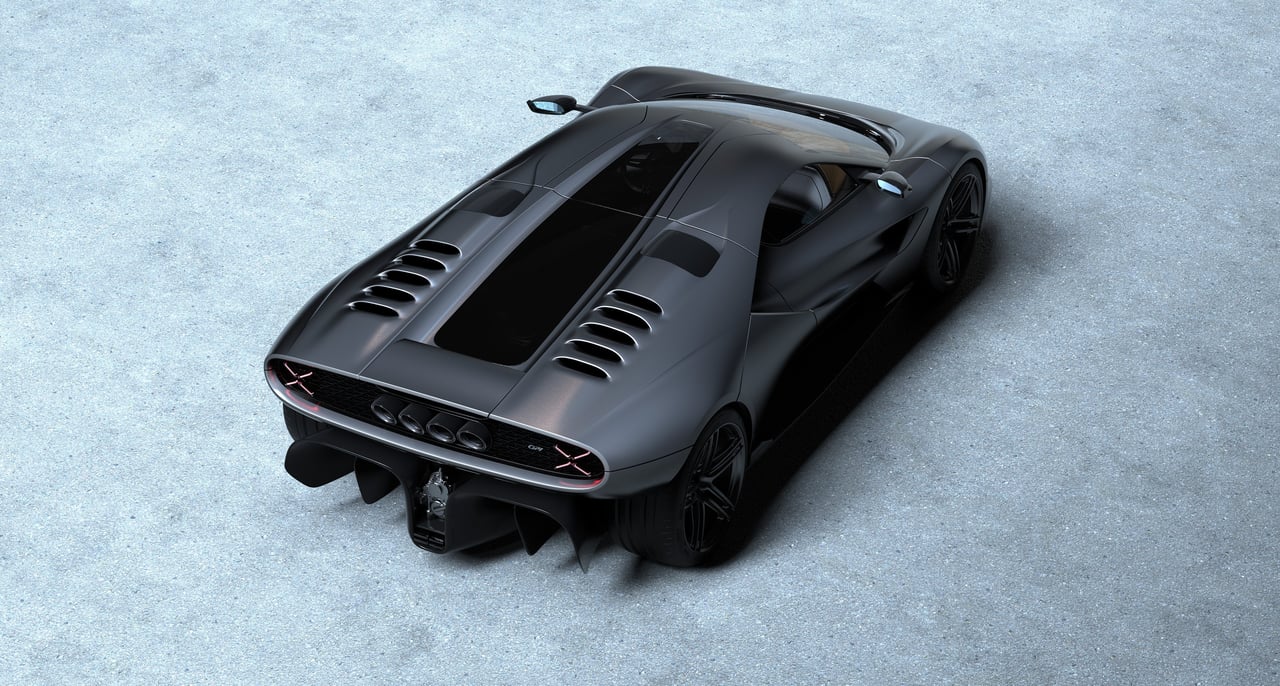
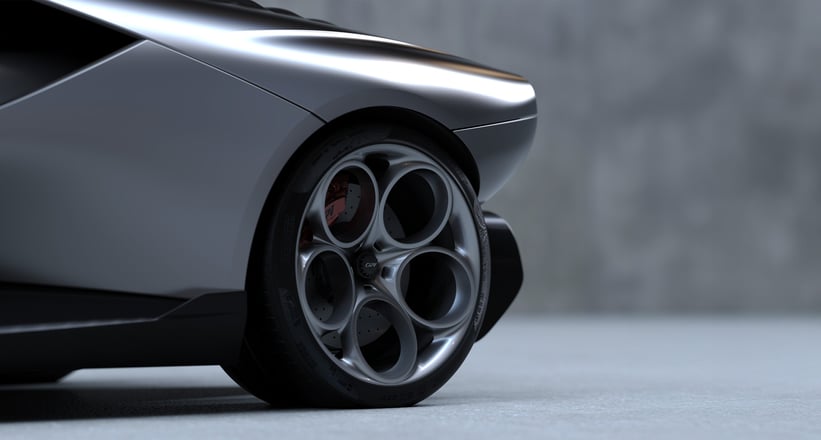
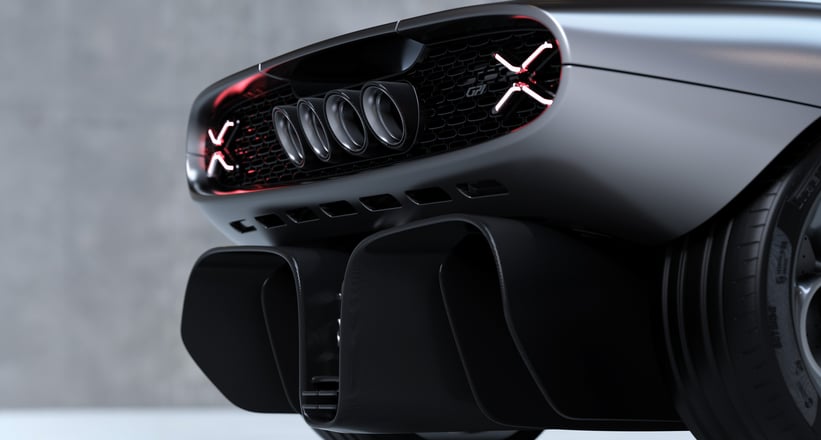
Garagisti and Co were careful to maintain a level of visual purity that typified the supercars like the Countach that inspired it, and we think you’ll agree that the exterior — while not lacking in drama — balances visual flair with restraint. Unlike modern offerings from Lamborghini and Ferrari, there’s a pleasing absence of monolithic wings and dive planes, with much of the GP1’s 850 kg of downforce being generated from ground effect. It’s a deeply impressive figure, especially as the GP1’s dry weight sits at just 1,000 kg.
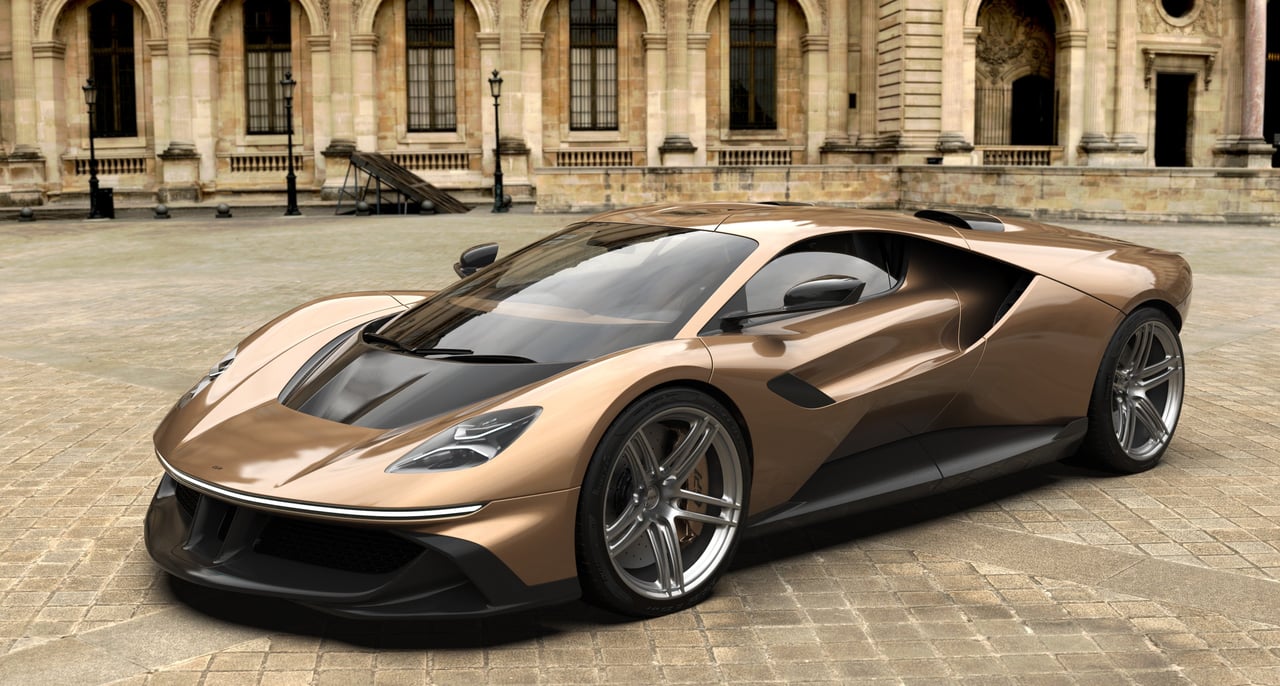
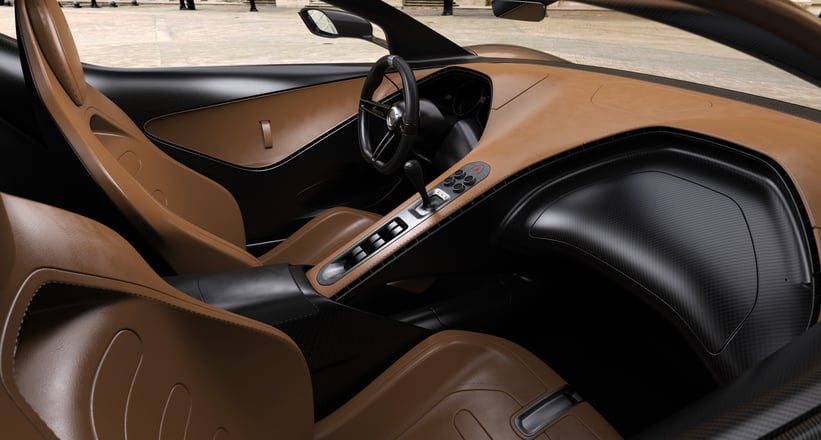
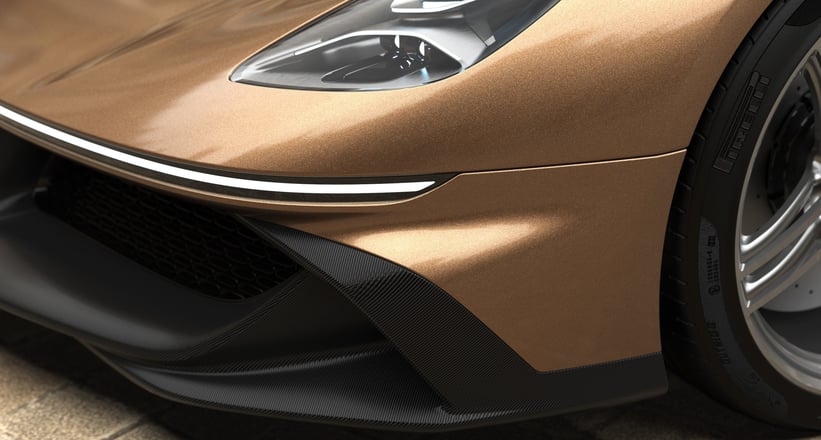
However, the real reason you’ll be daydreaming about the GP1 isn’t the jaw-dropping exterior, but the drivetrain. The GP1 will be powered by a brand new engine developed by Italtecnica — the industry-leading Italian boutique engine manufacturers whose racing pedigree includes the Maserati MC12 GT1 and Ferrari 550 GTC — that will make your hair stand on end. The result is a 6.6-litre, 65-degree V12 boasting gear-driven timing, dry sump lubrication, dual overhead cams, four valves per cylinder, and a spine-tingling 9,000 rpm redline. They promise a minimum output of 800 horsepower at 8,500 rpm and a peak torque figure of 700 Nm. It’s safe to say nobody will accuse the GP1 of lacking in performance or excitement.
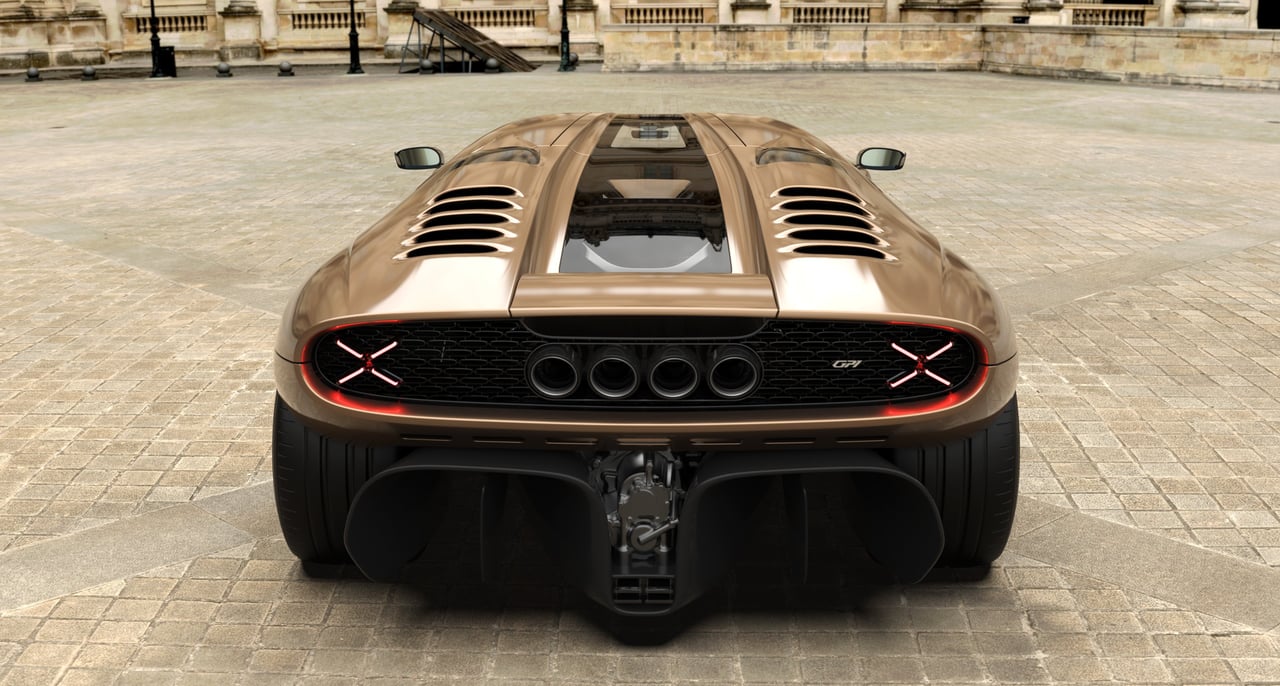
This is the point where we would normally add that the V12 is attached to an automated dual clutch, but think again. Climb inside the driver-focused cockpit and you’ll find that, like the great supercars of yesteryear, the GP1 will let you row your own gears, thanks to a six-speed manual being developed by Xtrac that channels the firm’s motorsport heritage into an uninterrupted connection between man and machine. From inside the cockpit, the GP1’s more modern supercar influences can be also appreciated, with echoes of the Carrera GT’s unmistakable cabin carrying across into this luxurious interior.

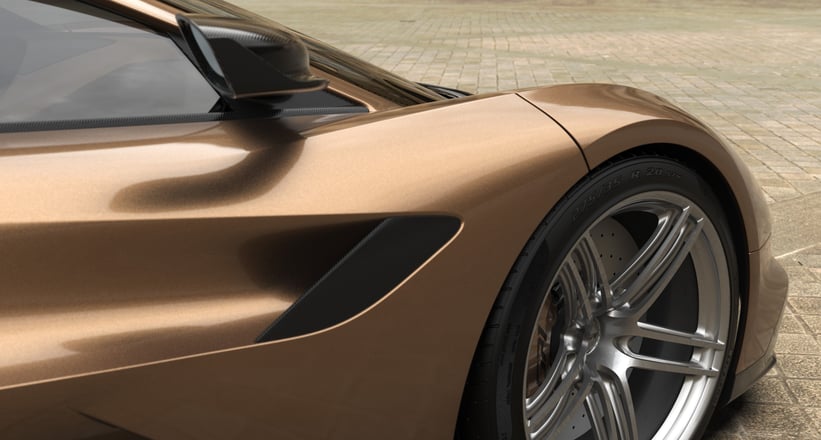
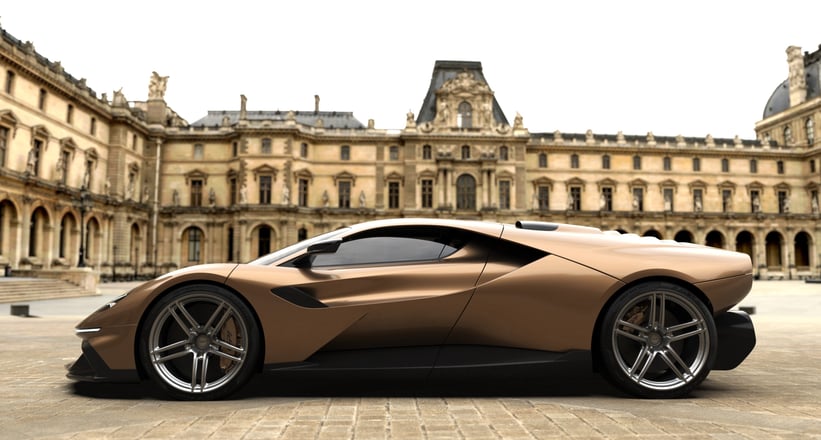
It almost sounds too good to be true, and any seasoned petrol head will have no doubt witnessed many supercar startups emerge and disappear with similar promises of game-changing driving experiences. However, Garagisti and Co is the real deal, and you only have to look toward their partners to realise they’re not messing about. Brembo will provide the brakes, Öhlins the suspension, while DEXET Technologies — who specialise in high-performance engineering with a focus on composites design and manufacturing with experience in Formula One and WEC — are ensuring that the various pieces of the GP1’s tantalising puzzle come together in perfect harmony.

Naturally, this drool-worthy combination of natural aspiration and carbon fibre comes at a cost, and each GP1 is priced at 2.45 million pounds before VAT. However, such a price is to be expected when dealing with a new platform developed from the ground up to combine a classic Formula One soundtrack with modern technology. Those who appreciate Garagisti and Co’s blank-canvas approach will want to race to put their names down for a build slot. The first 12 commissioners will gain unprecedented access and become an integral part of the car’s development, with a chance to meet the engineers, engine builders, chassis and body partners, and designers behind the program as part of an experiential masterclass in what makes a hypercar truly great.

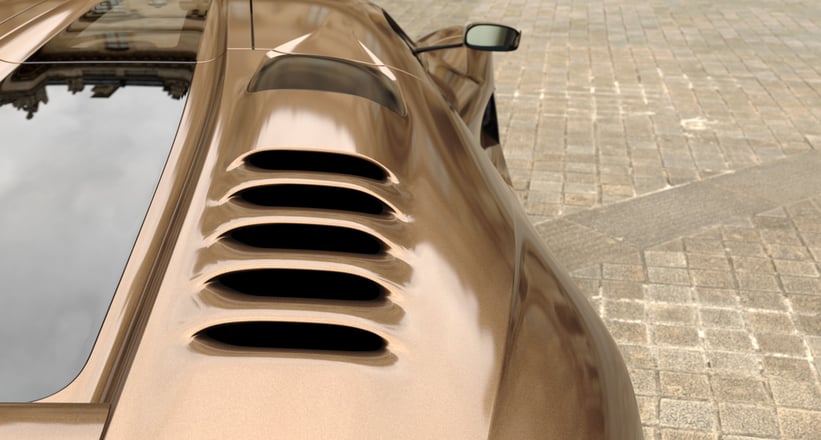
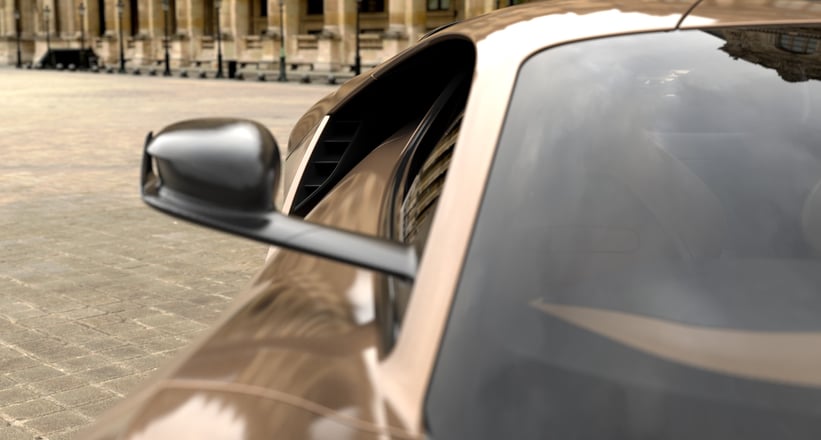
Just 25 examples of the GP1 will be built, followed by an even more exclusive and hardcore track-only version that promises greater excitement still. With the development already well underway and the next phase set to commence after summer, we won’t have long to wait to see the GP1 in all its glory — and listen to that divine V12 — so stay tuned for more from this jaw-dropping newcomer to the hypercar arena.






































